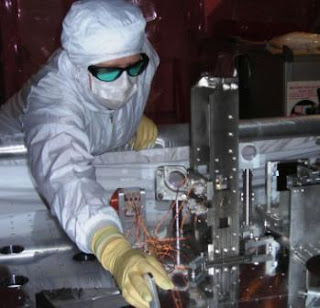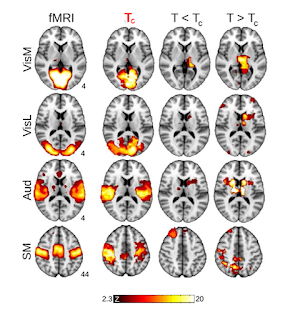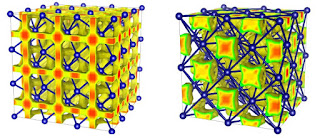That I am thankful for, really.
Criminalize curiosity - needed for scientific research.
Sending student to "expulsion schools" - see my comments below.
Stifling innovation.
Putting outdated rules over education.
Prison-type policies.
We keep observing like the proverbial deer in headlights an oncoming global train wreck with the smug arrogance that
"America" is somehow a magical chant; an incantation that inoculates us from slipping from preeminence in science, technology, engineering and mathematics. Our global competitors do NOT have tax-funded "
creation museums"; our global competitors do NOT make political litmus tests involving a litany of science denial (The Big Bang, Climate Change, Evolution, Relativity - the
MOON landing!); our global competitors do NOT have draconian standardized tests converting their students into the equivalent of Pavlov's canines: their teachers TEACH, and the profession is
rightly revered.
Finland, for example
has not resorted to for-profit charter schools that will enrich a few and serve no one, and they are whipping our intellectual assets in an academic smackdown across Terra Firma!
We're not a "post-racial" society: if anything, 2008 and 2012 showed the rising political power of so-called minorities and much maligned millennials; their ability to make themselves known at the ballet box. We're still sectioning ourselves into "proper" career pursuits, and societal positions - note the diversity in AP classes at any high school campus; note the celebration of athletic or musical prowess and which groups are targeted in advertising it.
Blocking their wishes, rigging the system, changing "times and laws," making it harder to vote only will encourage them to wait - 5, 10 15 hours or more - to make their desires heard, as they do not have unlimited amounts of monies to pour and and purchase a politician. They/We naively believe democracy was based on Jefferson's
trinity of three greatest men, and is worth participating in and preserving. Lessening access to life, liberty, the pursuit of happiness and knowledge is the opposite of
John Donne's wisdom: it lessens America from chant to sad historical footnote.
This is far beyond Kiera and race: it is what we want to eventually be as a nation going forward, or in the words of the Bard: "not to be!"
The charges have been dropped, thankfully. Kiera is currently at an "expulsion school," waiting to see if she can return to her campus in the fall, hopefully with her scientific curiosity safely intact.
Orlando Sentinel:
Kiera Wilmot, student who caused small explosion won't face charges



















